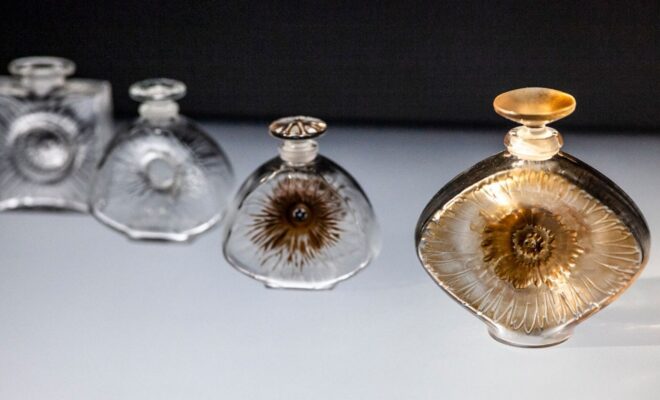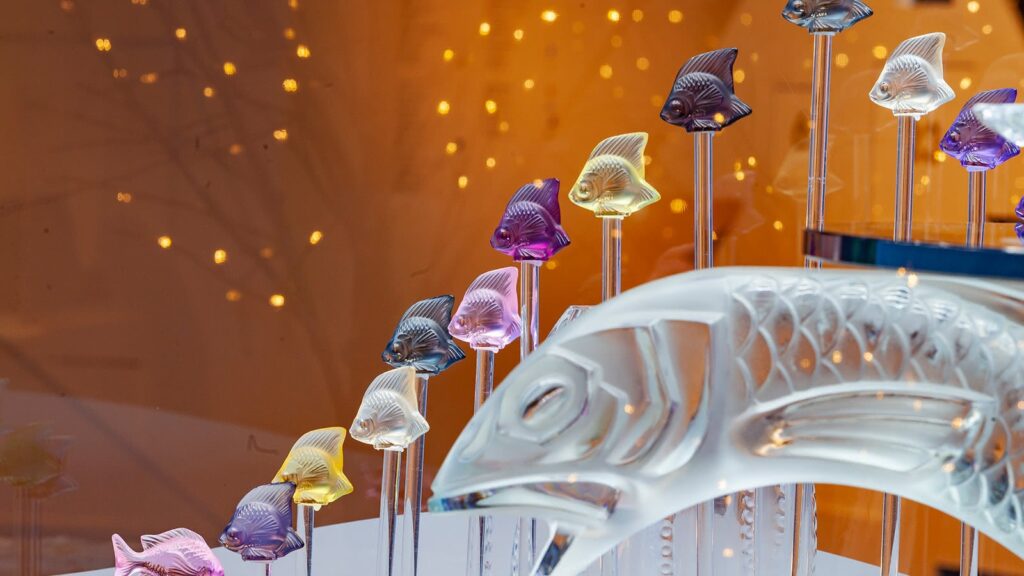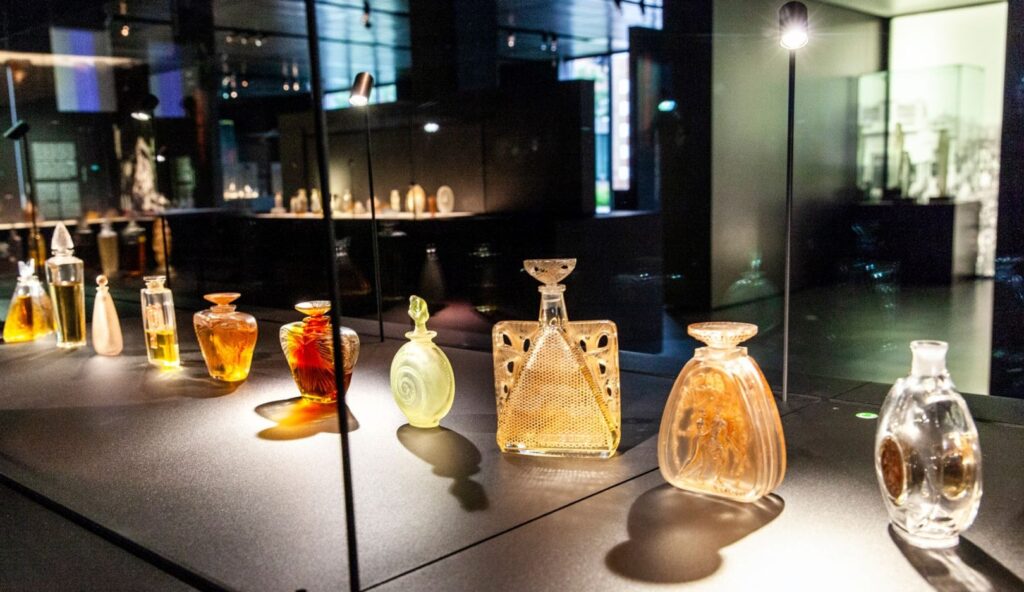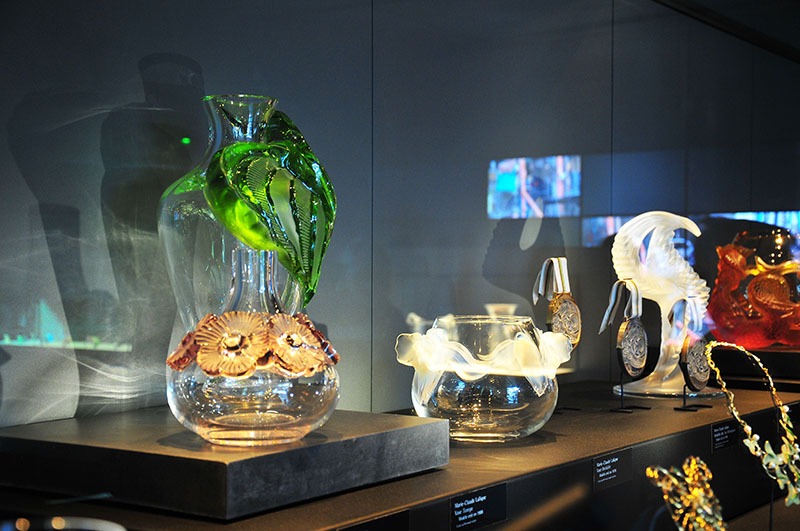The Craftsmanship and Artistry Behind Lalique Crystal

Lalique is a luxury brand specializing in high-end crystal products, including jewelry, perfumes, interior decor, and art. Founded in 1888 by the French glassmaker and jewelry designer René Lalique, the brand has become synonymous with exquisite craftsmanship, innovative design, and timeless elegance. Lalique products are sought after by collectors and luxury consumers worldwide for their exceptional quality and exquisite beauty.
The Lalique brand is committed to using only the finest materials and employing skilled artisans to create its products. Each Lalique piece is handcrafted using traditional techniques that have been refined over generations, resulting in products that are both unique and of the highest quality. Lalique is also dedicated to ethical and sustainable production practices, ensuring that its products are made responsibly and in an environmentally-conscious manner.
Lalique’s commitment to excellence is reflected in the numerous accolades the brand has received, including the prestigious French label “Entreprise du Patrimoine Vivant” (Living Heritage Company) and the “Meilleur Ouvrier de France” (Best Craftsmen in France) award. The brand’s reputation for excellence has also led to collaborations with other luxury brands, including Bentley and The Macallan, as well as collaborations with renowned artists such as Salvador Dali.
Overall, Lalique is a brand that embodies the best of luxury craftsmanship, innovation, and design. With a dedication to ethical and sustainable production practices, Lalique continues to set the standard for luxury products worldwide.
Traditional Techniques Used in Lalique Crystal Production

Lalique is a renowned brand for its high-quality crystal products, manufactured using traditional glassmaking techniques that have been refined over generations. Here are some key subheadings to explore the traditional techniques used in Lalique crystal production:
- Mold Blowing: One of the oldest and most traditional techniques in glassmaking, mold blowing involves blowing molten glass into a mold to create the desired shape. Lalique artisans use specialized molds designed to create specific shapes and patterns, resulting in unique and intricate crystal designs.
- Acid Etching: A technique used to create intricate patterns and designs on the surface of Lalique crystal products, acid etching involves using acid to remove the surface layer of glass and create a frosted effect. Lalique artisans use this technique to create delicate and detailed patterns, often inspired by nature and natural forms.
- Cutting and Polishing: Lalique crystal products are meticulously cut and polished to achieve a flawless finish and enhance the glass’s brilliance. This involves using specialized tools to shape and refine the glass, often through multiple stages, until the desired shape and finish are achieved.
- Artisan Craftsmanship: Lalique artisans employ a range of traditional artisan techniques to create their crystal products, including hand-blowing and shaping glass, cutting and engraving patterns into the glass, and polishing the finished product to a high shine. These techniques require a high level of skill and expertise, passed down from generation to generation of Lalique artisans.
- Quality Control: Throughout the production process, Lalique places a strong emphasis on quality control to ensure that each product meets the brand’s rigorous standards. This involves multiple checks and inspections at various stages of production, as well as a final inspection before the product is deemed ready for sale.
Overall, the traditional techniques used in Lalique crystal production are integral to the brand’s commitment to quality and craftsmanship. By utilizing ancestral glassmaking techniques and incorporating innovative designs and patterns, Lalique continues to produce crystal products that are both beautiful and timeless.

The Role of Skilled Lalique Artisans
Skilled Lalique artisans play a crucial role in creating the brand’s high-quality crystal products. Here are some potential subheadings to explore the role of skilled Lalique artisans:
- Training and Expertise: Lalique artisans undergo thorough training to develop the skills and expertise necessary for creating the brand’s crystal products. This often includes a combination of formal education, apprenticeship, and on-the-job training under the guidance of experienced artisans.
- Artisan Craftsmanship: Lalique artisans rely on traditional artisan techniques to create their crystal products, including hand-blowing and shaping glass, cutting and engraving patterns into the glass, and polishing the finished product to a high shine. These techniques require a high level of skill and precision, perfected over years of practice and experience.
- Collaboration with Designers: Lalique artisans often collaborate with designers and artists to bring their creative visions to life in crystal form. This involves working closely with the designer to understand their vision and translating it into a tangible product, often through a combination of sketches, prototyping, and trial and error.
- Attention to Detail: Lalique artisans pay meticulous attention to every detail of the crystal production process, from selecting the highest quality raw materials to ensuring the finished product meets the brand’s rigorous standards. This level of attention to detail is a hallmark of Lalique’s commitment to craftsmanship and quality.
- Heritage and Tradition: Many Lalique artisans come from families with a long history of glassmaking and take pride in perpetuating this heritage through their work with the brand. By passing down traditional techniques and know-how from generation to generation, Lalique ensures that its artisanal heritage is preserved and celebrated.
Overall, the role of skilled Lalique artisans is integral to the brand’s commitment to quality, craftsmanship, and innovation in crystal production. Through their dedication, expertise, and attention to detail, Lalique artisans continue to create crystal products that are both beautiful and timeless.

Conclusion
In conclusion, Lalique’s commitment to traditional glassmaking techniques, skilled artisans, and innovative design has made it a leader in the world of luxury crystal production. By drawing on ancestral techniques and incorporating innovative designs and patterns, Lalique continues to produce crystal products that are both beautiful and timeless. The brand’s influence on the glassware world is reflected not only in its products but also in the lasting impact it has had on the industry as a whole. Lalique’s dedication to quality, craftsmanship, and innovation ensures that its artisanal heritage will continue to be celebrated for generations to come.








